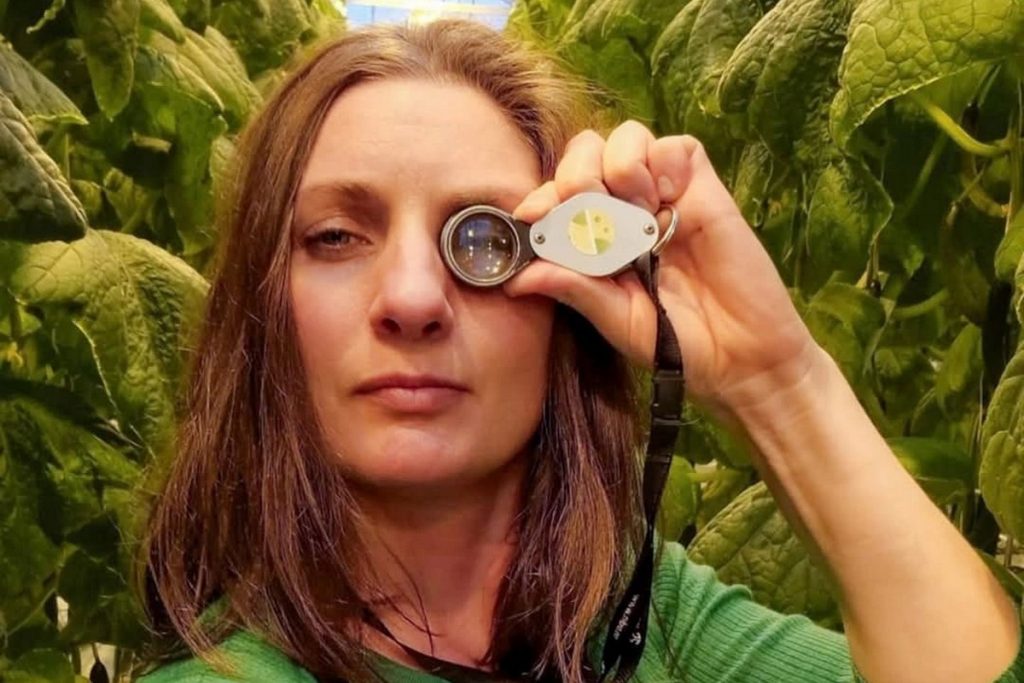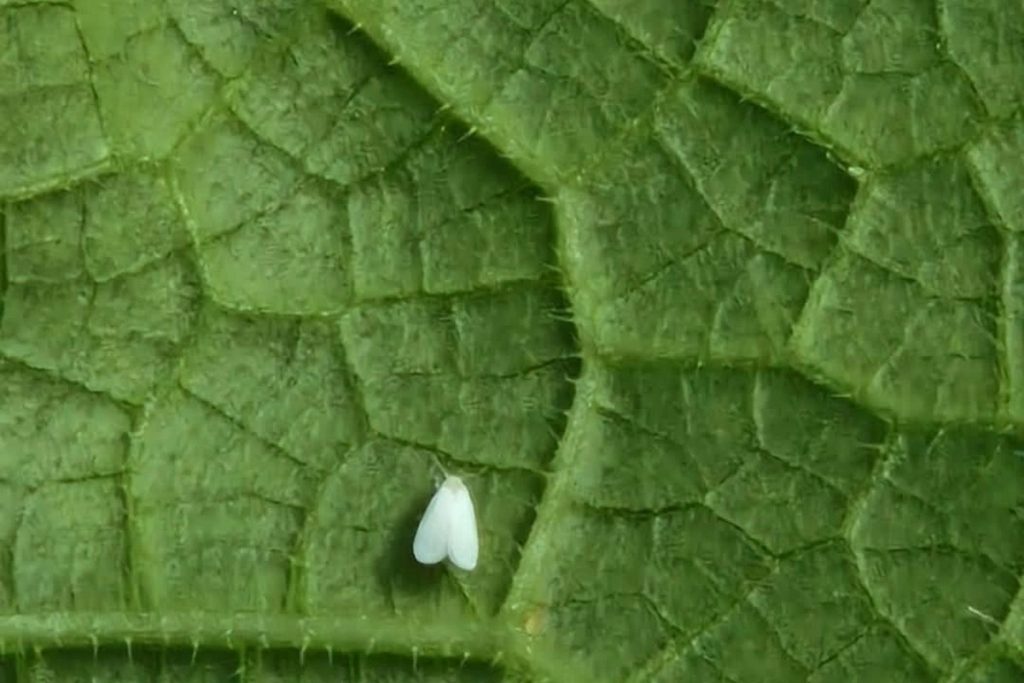
Although whiteflies may appear delicate due to their soft wings and small size, they are significant threats within greenhouse environments. Silje Stenstad Nilsen, founder, biologist, and senior advisor at Biologisk AS, asserts that understanding the behaviour and lifecycle of pests such as whiteflies is essential for growers striving to protect their crops and maintain profitability.
“Whiteflies can indeed be regarded as one of the most aesthetically pleasing pests. They measure approximately 1 to 2 millimetres in length and possess two pairs of elegant, milky-white wings. However, their appearance belies the substantial risks they present to crops.”
Wide Host Range and Damaging Effects
Whiteflies flourish in warm greenhouse conditions and can infest a wide variety of crops, often misidentified as mealybugs based on their wing coloration.
“They are frequently encountered on numerous ornamental plants,” Ms. Nilsen states. “By extracting sap from plants, they induce yellowing of leaves, stunted growth, and, in severe cases, considerable yield losses.”
Honeydew and Fungus: A Double Impact
The damage inflicted by whiteflies extends beyond visible symptoms. Ms. Nilsen notes that they also secrete a sticky substance known as honeydew, which exacerbates the problem.
“This honeydew serves as a breeding ground for black mold fungus,” she explains. “It further compromises the health of the plants and results in unsightly foliage, a significant concern for ornamental growers.”

Unseen Danger: Virus Transmission
A particularly alarming aspect of whitefly infestations is their ability to transmit plant viruses.
“Whiteflies are more than a mere nuisance; they are efficient vectors of viruses,” she cautions. “They can effectively carry and disseminate plant viruses throughout the greenhouse, placing entire crops at risk.”
In response to this threat, Biologisk AS provides tailored solutions rooted in biological control principles.
“Our objective is to minimize waste, promote robust plant health, and facilitate profitable harvests for producers. We achieve this by selecting the appropriate beneficial insects in suitable quantities, tailored specifically to each grower’s needs.”
Prevention Begins with Proper Hygiene
Ms. Nilsen emphasizes that prevention represents the most effective strategy for growers.
“A clean greenhouse is fundamental to pest management. It is imperative to remove old plant residues, maintain regular sanitization, and closely monitor pest populations.”
Among the recommended tools are glue traps, which serve as simple yet effective measures.
“Yellow glue traps are invaluable for capturing adult whiteflies. They enable growers to assess infestation levels early and take appropriate action before issues escalate.”
Creating a Healthy Greenhouse Ecosystem
Biologisk AS prides itself on fulfilling a role beyond that of a mere supplier of beneficial insects.
“We position ourselves as advisors, not solely suppliers. The selection of biological control requires a comprehensive understanding of pest dynamics, crop vulnerabilities, and environmental conditions. This is where our expertise truly distinguishes us.”
For growers contending with whitefly outbreaks, or those seeking to prevent such infestations, Ms. Nilsen recommends a proactive approach: “Monitor your crops diligently, uphold cleanliness standards, and rely on biological solutions. The goal is not solely to combat pests; rather, it is to cultivate an ecosystem in which your crops can thrive.”
